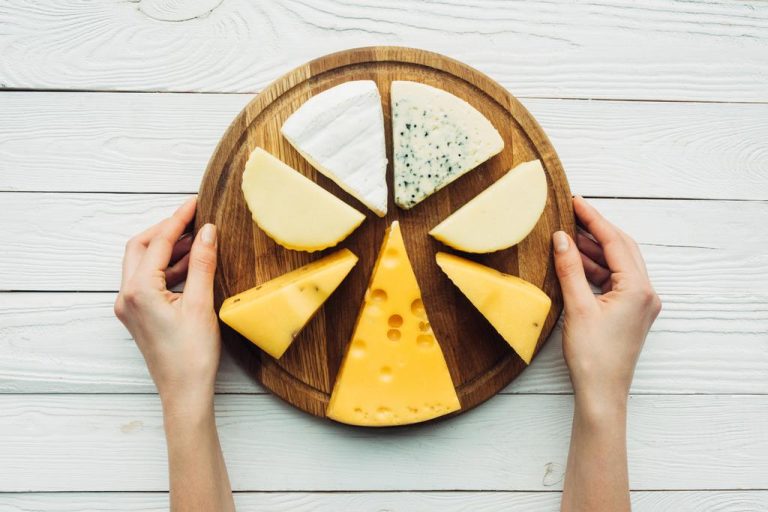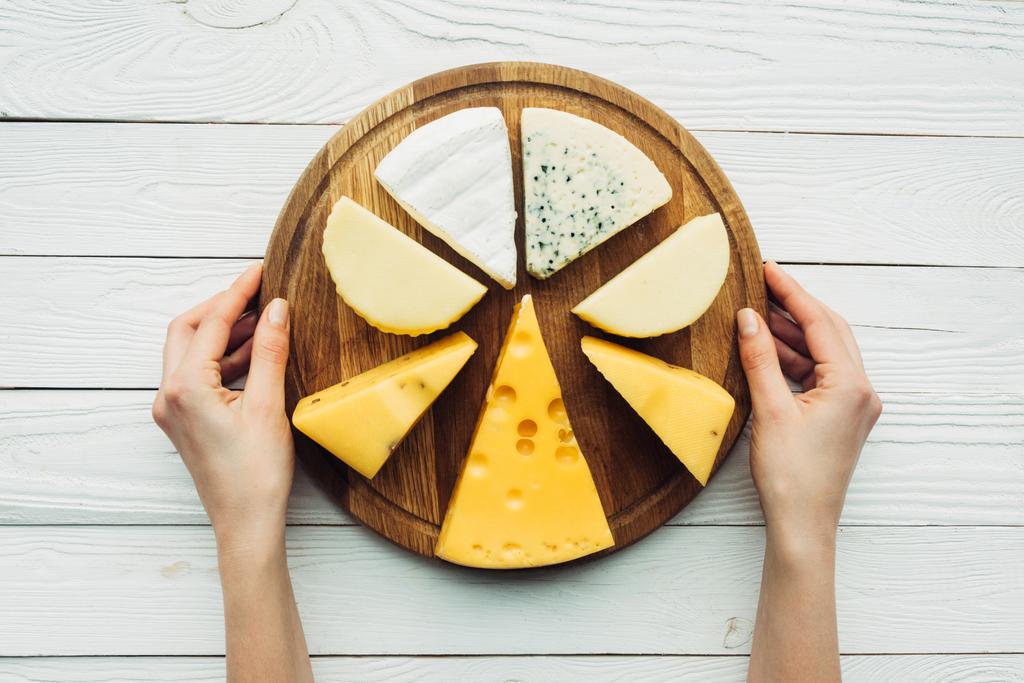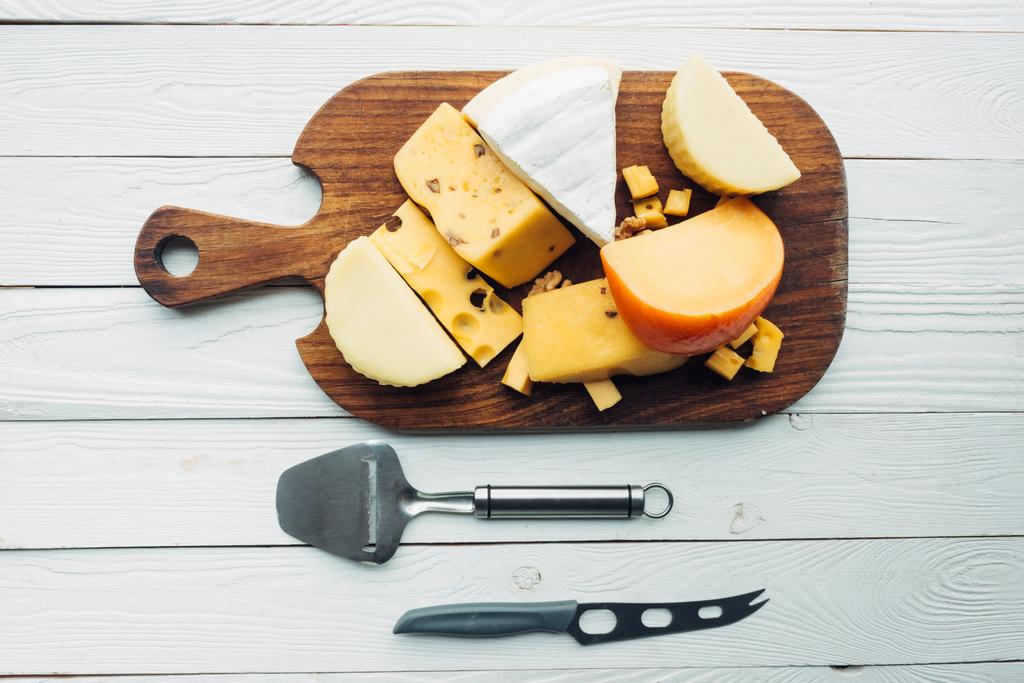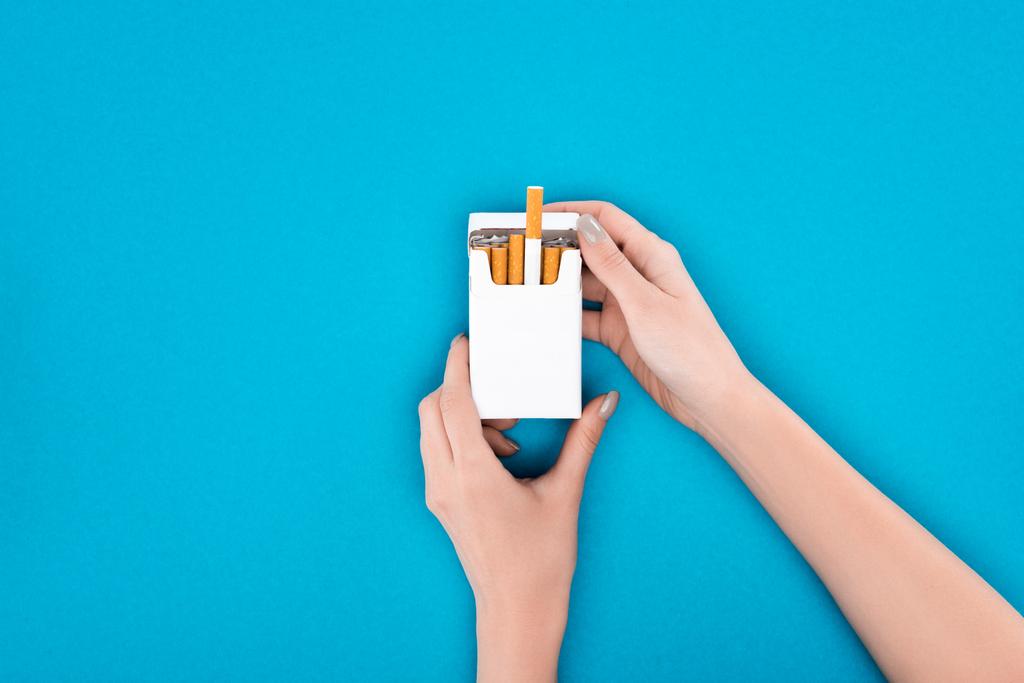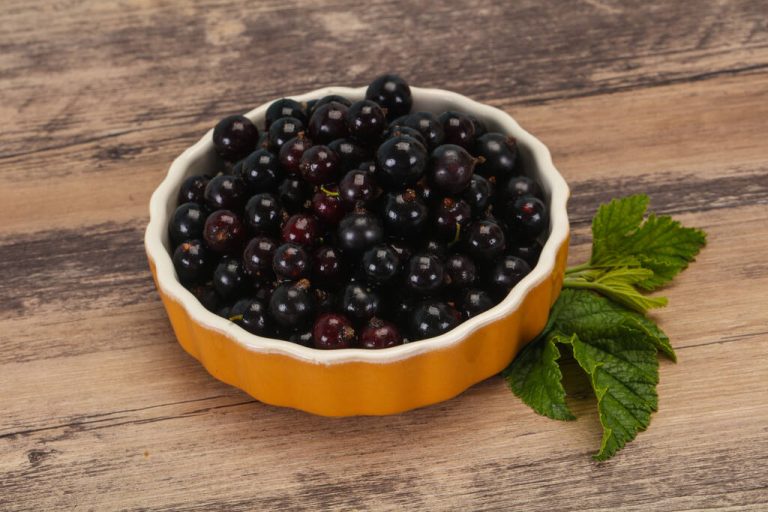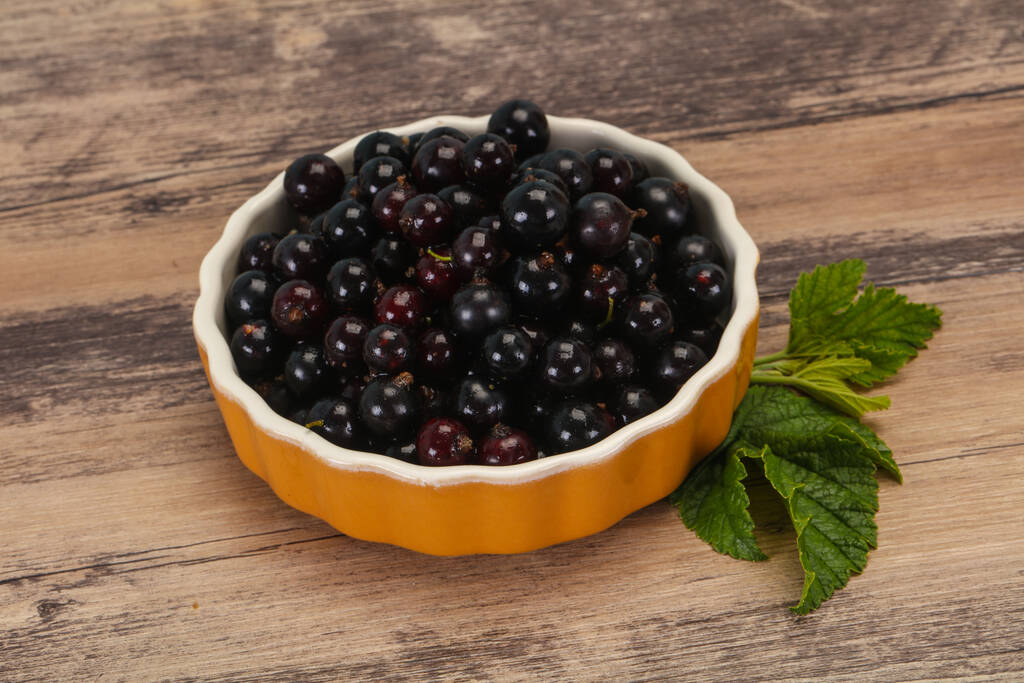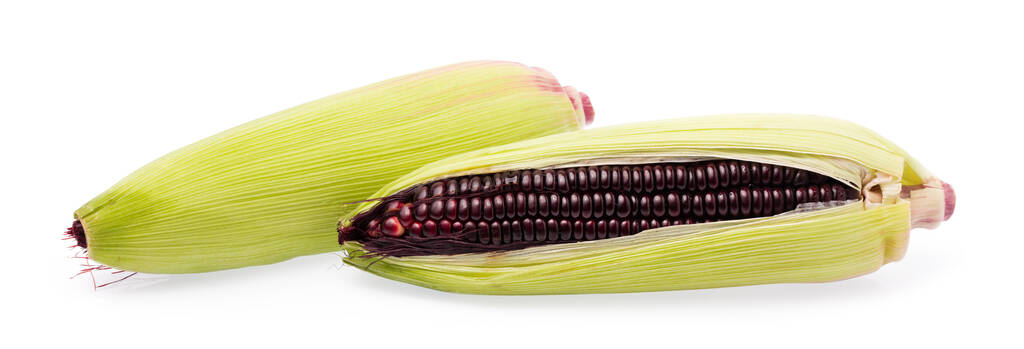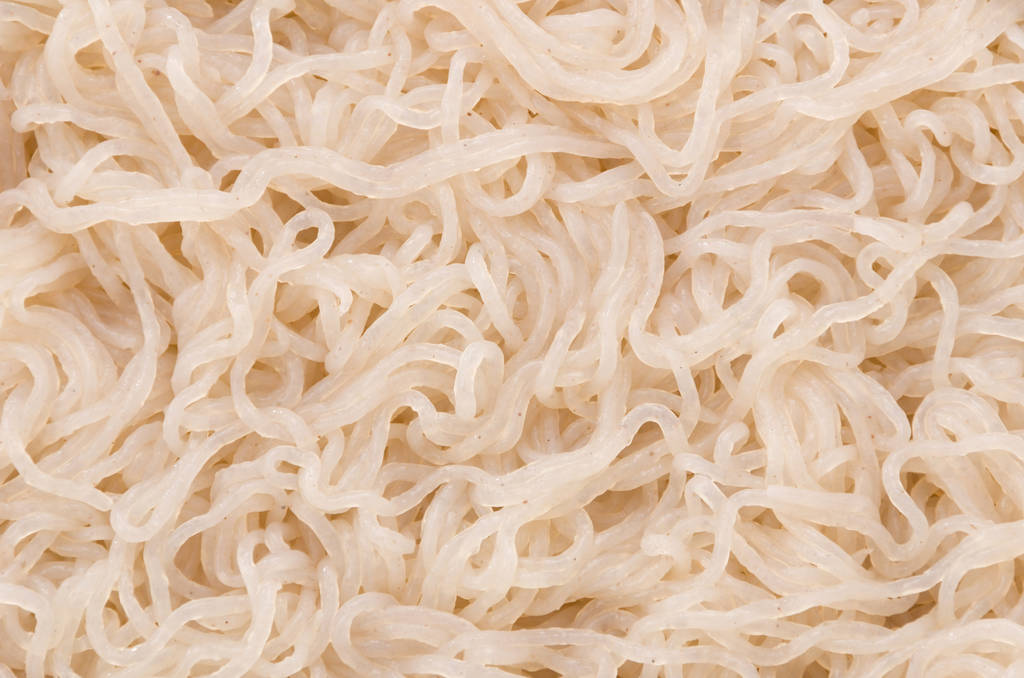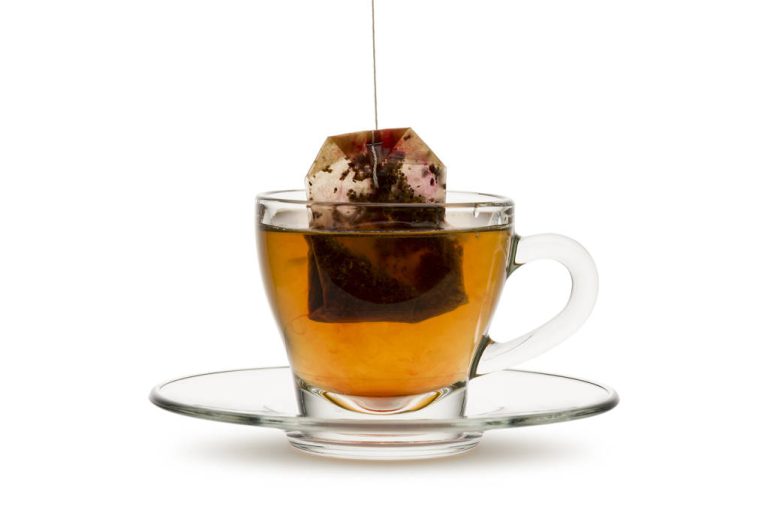Man acts according to habits. Sometimes it can make sense to question your own habits and change them if necessary. As? You can find out here.

Habits: why, why, why?
We no longer think about habits. The focus is: do. Whether we stop at a red light or brush our teeth every morning; a reflection usually no longer takes place. Instead, the pattern has become so entrenched that you do things automatically. This method frees up the brain’s capacity to focus on new things. Habits can also be important for your health and safety.
Especially when you no longer question your habits when it comes to everyday things, it can also happen that you continue to practice small things that are no longer suitable for your current life situation – on the contrary: They can rob you of energy or prevent you from doing so to achieve a (new) goal. A habit can also harm your environment. Then it can help to deal with your habits and change them if necessary.
Precisely because habits are automatic, it can be difficult to become aware of them and to question them. But that is exactly the first step in being able to unmask negative habits and to replace them with positive patterns. Once you have recognized this, it will take some time to train yourself into a new habit. Eventually, you’ll find that it’s much easier to fall back into your old pattern than it is to focus on the new one. This becomes clear, for example, when you think about what you have planned for the New Year. Was your resolution to exercise more or eat healthier? This is the first step – but consistency is what counts until the new habit has been established.

Changing unhealthy habits: the step-by-step guide
Integrating a new habit into your everyday life requires a few steps.
1. Become aware of what habits you actually have. Write down everything, including or especially what you take for granted: brushing your teeth in the morning, the daily drive to the office or the regular TV routine.
2. Divide habits into three categories: positive, negative, and neutral.
3. Think about the triggers you associate with the negative habits. It can be the time of day, the location, or a specific emotion. Do you watch your favorite series every night at a certain time? Societal and social contexts can also give you unconscious routines.
4. Now consider alternatives. Which habit(s) would you like to change? And by which new routine(s) should it be replaced? For example, should the afternoon candy bar be replaced with something healthier?
4. Consciously give yourself new incentives to change your habit(s). If your bike is right next to the house and you park the car a little further away, it may be easier for you to switch to a bike.
5. Reward yourself. Set a goal for how many times you should practice your new habit(s) before you get a reward.
6. Be consistent! Only after 66 days should a new pattern have established itself.
In general, you can also tell another person about your project. So the “pressure” is higher to change your habit in the long term. It can also help to replace one habit at a time rather than trying to change many things at once.
Tip: Even if you fall into your old pattern from time to time, you should not give up. Unconscious patterns are difficult to turn off and replace. Gradually, your new habit will enter the subconscious and you will soon stop worrying about it.
Important: Pay attention to which habits you want to change. It is primarily about negative habits that harm you or your environment. You should not change routines that are relevant to your safety or health. Here the automatism can be vital.





